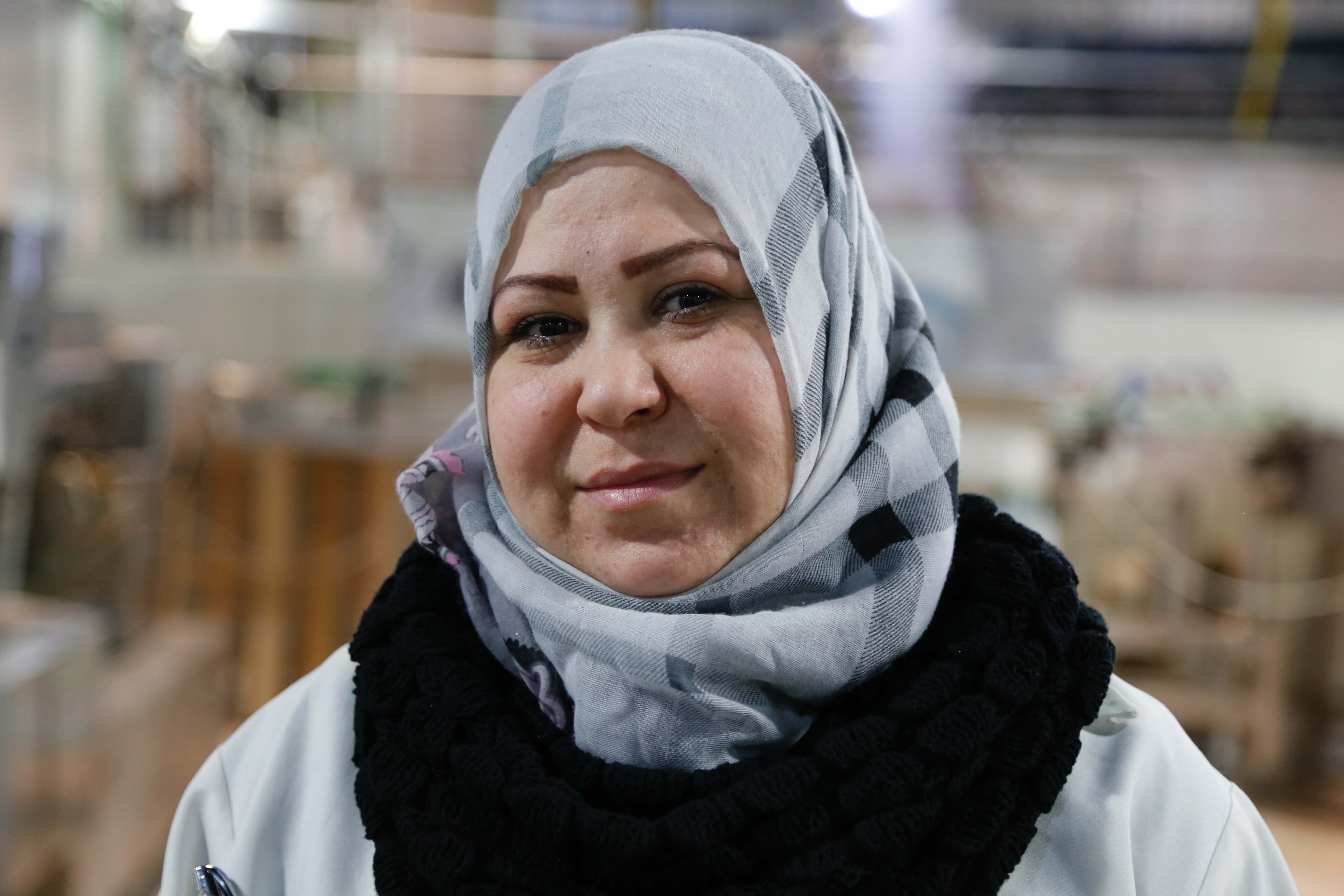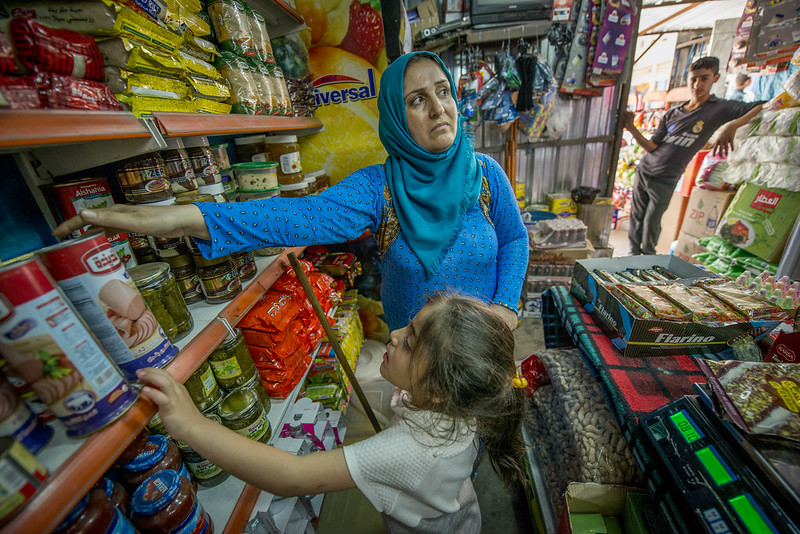Recommended

POLICY PAPERS
How can countries of destination promote skilled, legal labor migration while also cultivating development in countries of origin? Here we highlight innovations doing just that.
It’s hard not to be pessimistic when you work on migration issues. On the one hand is the overwhelming evidence on the economic benefits of legal labor migration, and the projections highlighting the increasing movements to come. On the other hand are countries of destination restricting legal pathways and promoting closed economies.
And yet, small innovations are taking place: projects seeking ways to promote new kinds of legal labor migration which benefit all. As we explain in a new paper, these innovations show that progress is not only possible but is already underway in some countries.
The complex relationship between migration and development
By 2100, based on current projections (figure 1), Europe’s working-age population will have declined, resulting in private sector demand for an increase in the number of workers available and the types of skills they possess. And sub-Saharan Africa’s working-age population will have rapidly increased, resulting in a large number of new labor market entrants. Some will enter increasingly developed local economies, others will migrate regionally in search of opportunities, and others will seek work internationally, to pursue fulfilling livelihoods and send remittances back home.
Figure 1. Europe’s working-age population will continue to decline, while sub-Saharan Africa’s rises
In an attempt to reduce migration’s “push” factors, many countries of destination are investing aid in livelihoods projects in countries of origin. The relationship between migration and development is complex—increased emigration can be a vehicle for development (through remittance and knowledge transfers) and increased development can be a vehicle for emigration (as someone increases their income, they gain both the financial means and aspirations to move for better work, wages, and education opportunities). In fact, up to a point, development is likely to lead to more migration, not less. Livelihoods projects are still important, and necessary, but should be pursued for the right reasons.
Given that more migration is inevitable, there are two questions. Will this movement be irregular or regular? And if regular, will it be unskilled or skilled? Most polling shows public demand for skilled migrants. But attracting them must be done in a way which also cultivates development in countries of origin, so as to not contribute to “brain drain”.
Current innovations promoting legal labor migration which benefits all
There is no one way to promote migration that fosters development. It will take multiple projects, in multiple countries, all trialing new ways to promote different kinds of legal labor migration, evaluating their impact, and scaling the ones that work.
Germany and Kosovo are implementing one such project. To meet demand in both countries, Germany is funding the training of construction workers in Kosovo. Some trainees will migrate to Germany after graduating (the “away” track) and others will reintegrate into the local Kosovo markets (the “home” track). We analyzed this project, along with many others being implemented by the German development agency GIZ (Gesellschaft für Internationale Zusammenarbeit, or Corporation for International Cooperation) in our new paper. These projects allow migrant access to the German labor market through three approaches: Skilled Migration (whereby existing skills are recognized, and additional training provided in Germany); Destination Training (whereby migrants access training and apprenticeship programs in Germany); and Origin Training (whereby migrants access training in their country of origin, prior to migration, and their skills are then recognized in Germany). The Kosovo project falls under this last approach and offers the greatest benefits for both the country of origin and destination. In fact, the Origin Training approach closely follows our Global Skill Partnership model.
Another project following this model is between Belgium and Morocco. Funded by the European Commission’s Mobility Partnerships Facility (MPF) and implemented by Enabel, the Belgian development agency, it is training unemployed young graduated Moroccans in crucial ICT skills in Morocco before migration. Like the German case, some trainees will move to Flanders and others will choose to take up positions in Morocco. Interestingly, this project is part of a wider effort by the European Commission to promote new legal labor migration pathways (through the fourth pillar of the European Agenda on Migration). We hope the Commission will continue to finance and support new pilots, promoting best practice throughout its Member States.
Of course, barriers to implementation remain. Pilots such as the ones described above require legal channels for labor mobility, implementation support such as neutral arbitration, and intermediaries to connect people with jobs. No organization currently exists to support countries of origin and destination in connecting potential migrants (who need jobs) to potential employers (who need workers). For these reasons, CGD is incubating a new organization—Labor Mobility Partnerships (LaMP). It aims to move more people into temporary employment abroad with a long-term goal of unlocking billions in income gains. To do this, it will help users identify and negotiate new labor mobility partnerships, conduct market making and standard setting for intermediaries, and mediate disputes between employers and workers. Finally, it will evaluate the impact of these agreements, providing evidence on the benefits of significant increases in labor mobility, to drive more support.
Now’s the time to test new models for legal labor migration
These examples are all new and will require evaluation and support along the way. But they show that there is a way forward—a way to promote skilled migration while also cultivating development in countries of origin. It could be through a Global Skill Partnership model, or other similar models. It could be negotiated bilaterally, with the support of the European Commission or the UN Migration Network’s new Trust Fund, or through a separate organization like LaMP. The scale of the demographic shifts highlighted above mean that waiting until flows visibly increase will be too late—now is the time to pilot such models.
Disclaimer
CGD blog posts reflect the views of the authors, drawing on prior research and experience in their areas of expertise. CGD is a nonpartisan, independent organization and does not take institutional positions.
Image credit for social media/web: DFID/Flickr





